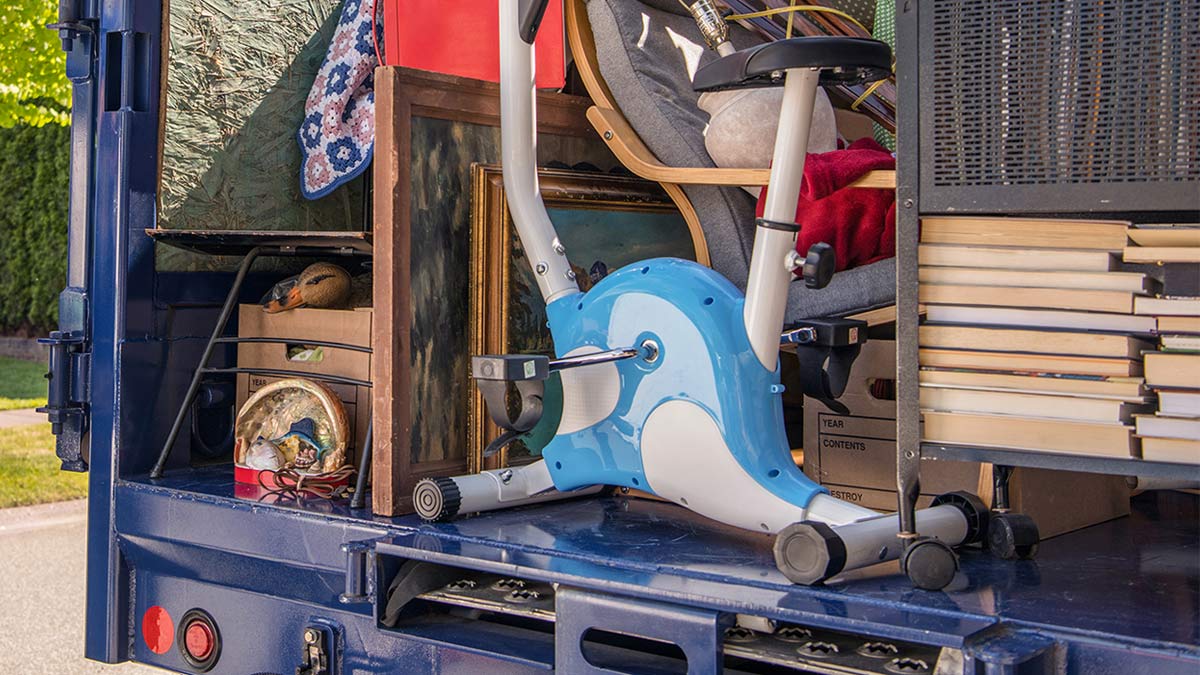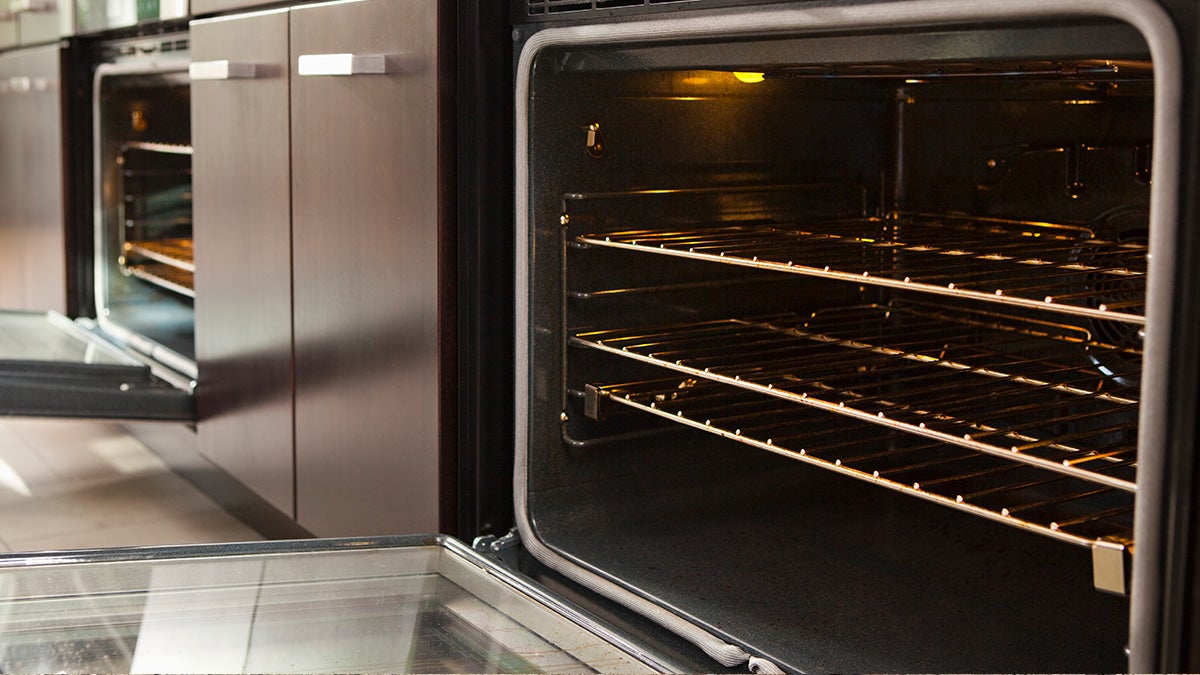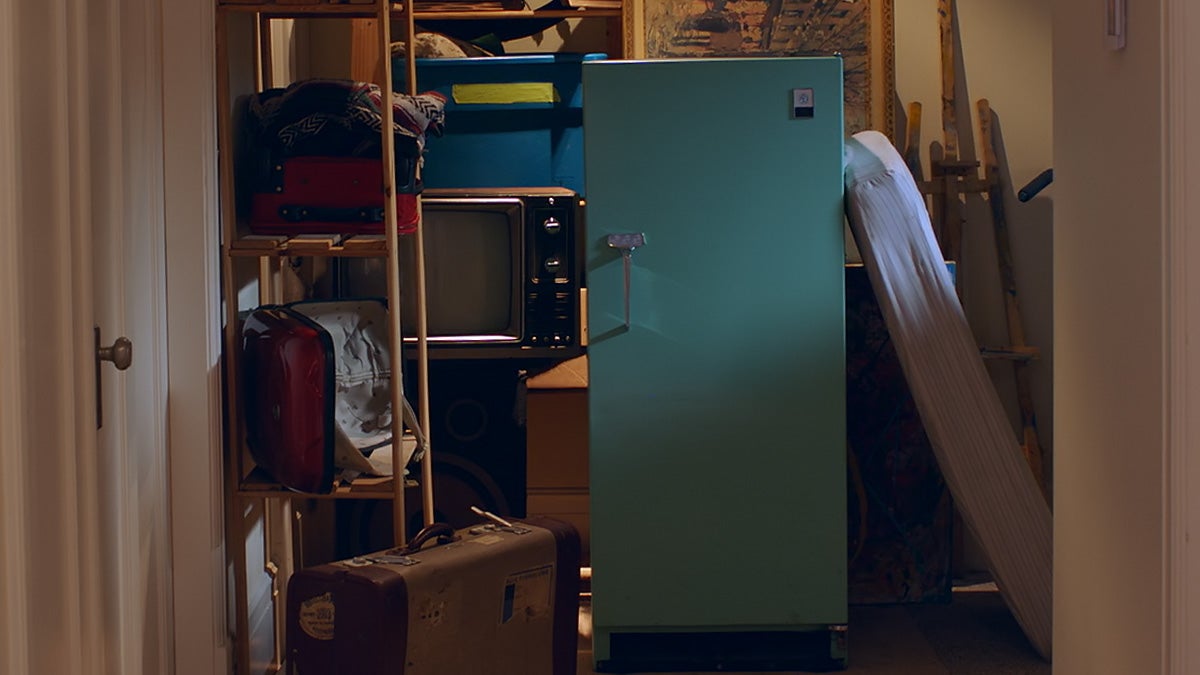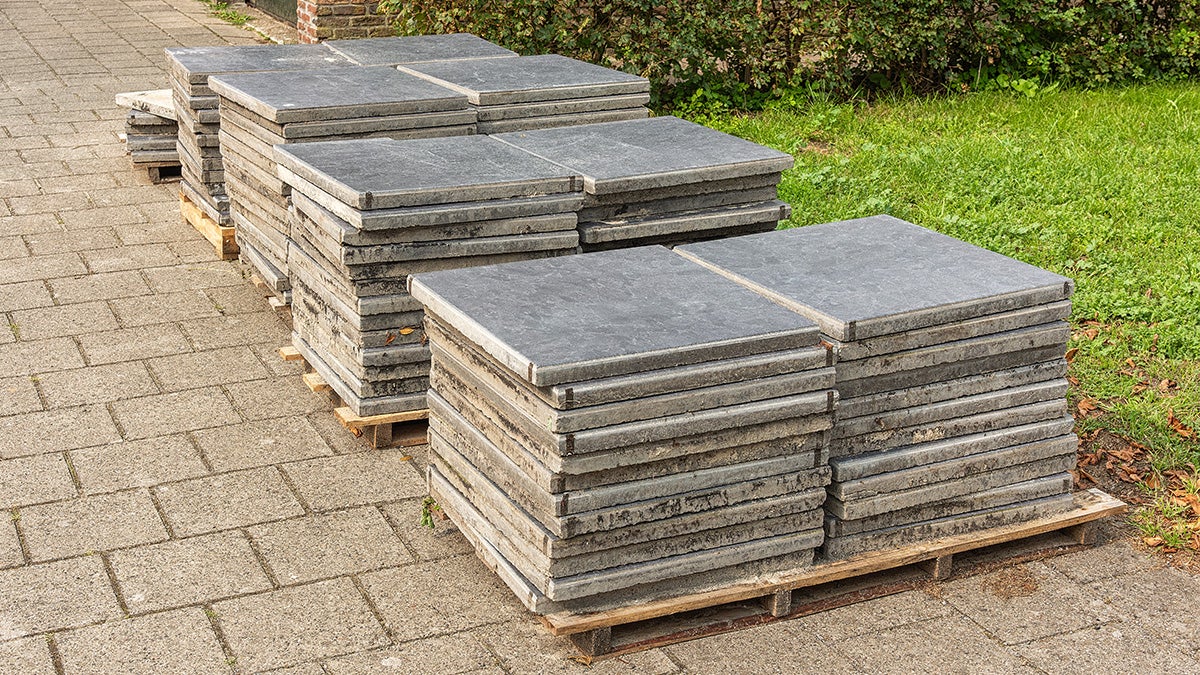Each year, we globally generate 2.01 billion tonnes of municipal solid waste. But where does it all go? Knowing what happens to junk could help you be more environmentally conscious about your purchasing decisions and recycling practices.
When getting rid of your junk, it can end up in landfills, composting or recycling facilities, incerorators, or donation centers. Keep reading to find out what happens at each of these facilities.
Five places junk can end up
1. Landfills
Landfills receive the majority of the junk we dispose of and they have come a long way from just being a hole in the ground. Modern landfills have four main components:
- Protective liners
Clay and plastic liners act as barriers, to prevent hazardous materials from seeping into the groundwater and causing contamination. - Drainage systems
As waste decomposes it can produce liquid. Rain and other precipitation can also pass through the landfill. To process this liquid there is a drainage system in place and a collection tank. The waste liquid will then be moved from the collection tank to a wastewater treatment facility. - Gas/Energy collection
When waste decomposes it releases gases, most commonly carbon dioxide and methane. In modern landfills, this gas is captured at the landfill and burned or used as renewable energy in some communities. However, in older landfills with no gas treatment system, the gas is released into the atmosphere and can contribute to global warming. - The trash itself
When junk arrives at a landfill is compacted to take up less space. It is then placed in the ground and covered with soil at the end of each day to ensure odor is kept to a minimum.
When landfills reach maximum capacity, they are covered with soil and continue to be monitored for 30 years to ensure there is no contamination. While landfills seem like a good option for disposal they have many cons. On top of contributing to global warming through releasing gas into the atmosphere, there are becoming fewer and fewer spaces to build them. This proves how important it is to recycle and come up with disposal alternatives.
2. Recycling facilities
There are many recycling centers around the world, that all aim to sort and repurpose discarded materials. Plastic, glass, and paper are the three most commonly recycled materials, and they can be repurposed into water bottles, paper products, and more. If you’re ever unsure if an item is recyclable or not, keep an eye out for the recycling codes stamped onto the product.
The three most common recyclable items picked up by junk removal companies, such as 1-800-GOT-JUNK?, are TV and computer monitors, fridges and freezers, and mattresses. On top of those items there are many other recyclable materials, such as construction debris, but the recycling process and difficulty to repurpose each item varies.
3. Composting facilities
The goal of the composting process is to reduce the amount of solid waste generated, which makes composting a great option to dispose of organic products without contributing to the landfill. For composting to occur, it requires four elements:
- Organic waste; such as newspaper, leaves, grass, or kitchen waste (fruits, vegetables).
- Soil; to act as a source of microorganisms that break down the organic waste.
- Water; to help the microorganisms grow.
- Oxygen; to also help the microorganisms grow, resulting in a sped up decomposition process.
After the composting process is complete, you are left with nutrient-rich soil that can help crops, gardens, and trees grow. If your interested in tackling the composting process at home, there are certain companies, like Compost Now, that make composting easy with their bin pick up and drop off services. If you want, they’ll even return the soil created from the compost back to you!
Thanks to the increasing interest in making sustainable choices, composting has grown from an at home process to a commercial operation, where cities are even stepping in to start their own programs. Commercial composting requires the same four elements, but is done on a much larger scale.
4. Incinerators
Incinerators, also known as “waste-to-energy facilities,” burn waste and convert it into electricity. Any ash created from the process is sent to the landfill. This method of waste disposal is most common in Europe, but it’s spreading quickly across the rest of the world.
Incinerating may seem like a great solution to the space restraints of landfills, but they are also met with some concerns. According to scientist and environmental activist, David Suzuki, incinerators could act as a deterrent to recycling, as they provide an incentive to throwing items out. Detering consumers and municipalities from recycling, means that every new item or product created would require new resources instead of recycled, thus increasing our environmental footprint.
5. Donation centers
If your items are still in good shape they could be given a new life through donation! When you’re looking to get rid of unwanted items, this is by far the most environmentally friendly option. Instead of throwing your old items into the landfill, ask yourself if it would be of value to someone else and consider bringing your item to a local thrift shop.
Even if your items aren’t in the best condition, many 1-800-GOT-JUNK? franchises can bring items like furniture, to a partner or charity in the area for refurbishing. If you want to be more involved in the donation process, check out these ten ways you can donate to charity outside of donation centers.
If you’re looking for ways to counteract your environmental footprint, check out these five simple ways you can give back to our planet.






